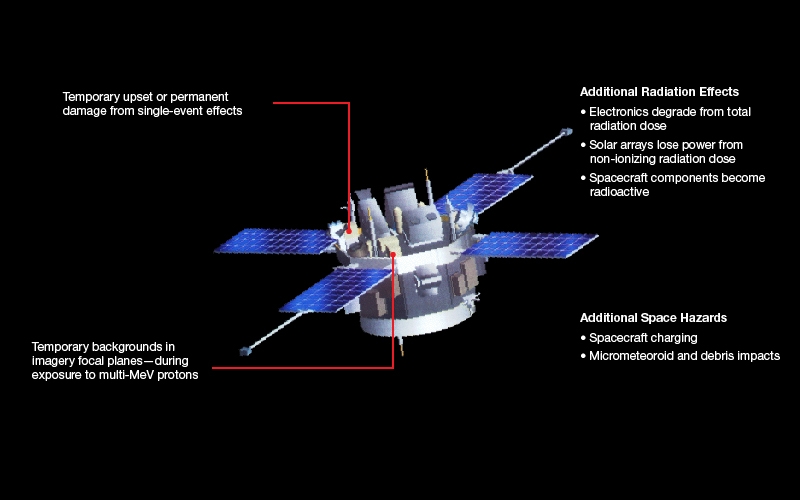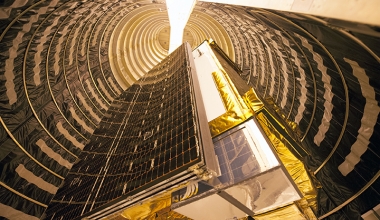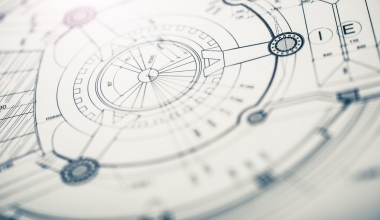Scientists have long recognized the hazard posed by space radiation, which can lead to degradation, poor reliability, and potential failure in space systems. In mid-2017, three federal organizations—NASA, the Department of Energy, and the Air Force—asked the National Academy of Sciences to evaluate the current and future state of radiation-effects testing in microelectronics. The goal was to assess the adequacy of the infrastructure today and out to 2030, given the growing demands from civil, commercial, and national security space systems.

The study committee, which included members from industry, academia, and government, solicited input from across the radiation testing community. The final report, published in early 2018, made several key findings:
- The use of radiation testing facilities is growing while the supply is tightening.
- The infrastructure is fragile and showing signs of strain.
- The workforce is aging in a domain requiring specialized training and skills.
- The fast rate of change in the electronics industry is making it increasingly difficult to test components and to develop testing standards.
Recommendations for 2030
Based on those findings, the report provided a number of specific recommendations. For example, the space industry should establish an inclusive coordinating body to define infrastructure needs and ensure adequate resources out to 2030. This body would review the current testing landscape, develop a strategic forecast of new space systems, and create a test facilities plan.
It should also assess and support university capabilities for contributing to the testing infrastructure and engage with the commercial space sector to ensure that testing norms meet its needs as well as the needs of government customers.
The coordinating body should establish a mechanism to maintain existing modeling and simulation codes while supporting the basic research needed to develop new codes. The report also recommends that proton and heavy-ion test facilities receive stabilized funding to restore resilience in national testing capabilities. The report also suggests that the workforce should accommodate accelerated career development for younger testing and modeling personnel.
The committee found that the current system for radiation testing is working but is increasingly fragile. The recommendations laid out in the report should help restore stability and robustness to this critical aspect of space system development.
For more information, contact Dr. Joseph Mazur, joseph.e.mazur@aero.org.
Reference: Testing at the Speed of Light: The State of U.S. Electronic Parts Radiation Testing Infrastructure The National Academies Press, Washington, DC, 2018
This story appeared in the September 2018 issue of Getting It Right, Collaborating for Mission Success.
Subscribe to Getting It Right






